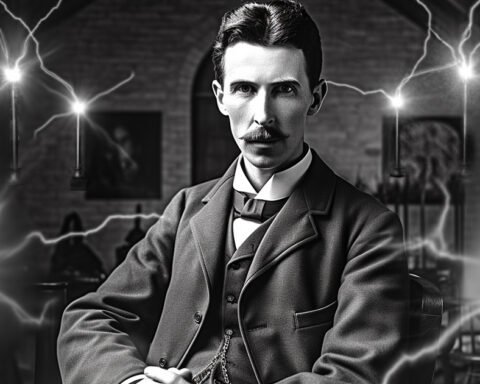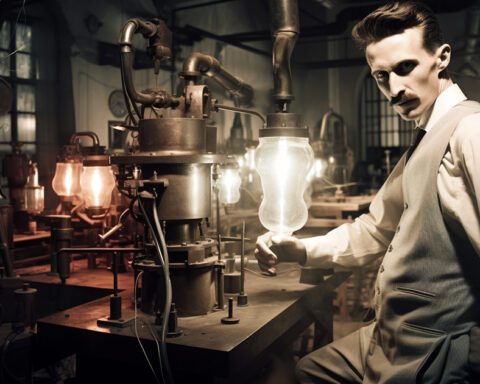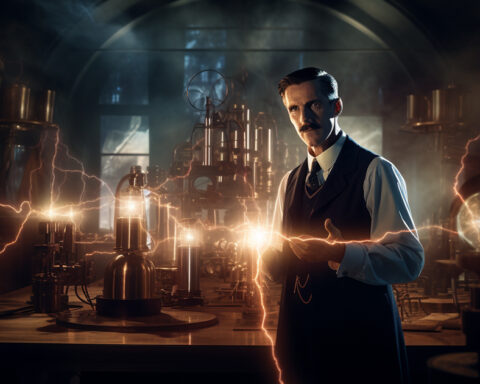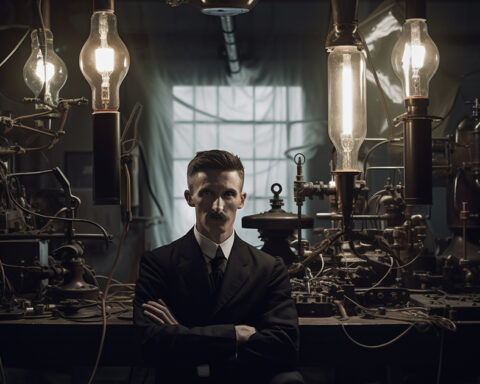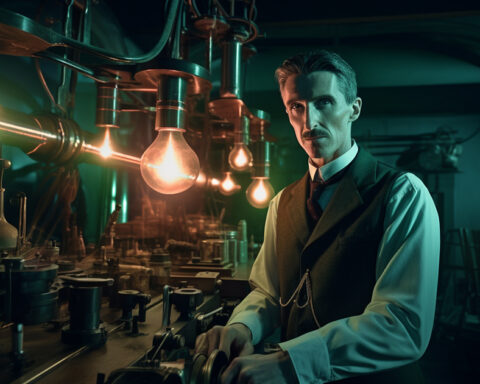Nikola Tesla is frequently associated with his ground-breaking work in alternating current (AC) electricity when we think of the inventor. The AC light bulb, one of his most significant inventions, is frequently forgotten in discussions of his contributions. The fascinating background of Tesla’s AC light bulb and its influence on technology will be discussed in this article.
Conflict of Currents
Two opposing factions in the field of electricity engaged in a spirited debate in the late 19th century: those who favored direct current (DC) and those who favored alternating current (AC). Thomas Edison and other DC proponents claimed that DC was a safer and more dependable option for transferring electricity over long distances. However, proponents of AC, led by Tesla and his business partner George Westinghouse, asserted that AC was more productive and affordable.
In the late 1880s and early 1890s, this conflict—known as the “War of Currents”—reached a boiling point. Edison started a defamation campaign against AC, saying it was hazardous and even deadly. To make his point, he even publicly electrocuted animals using AC power.
Tesla and Westinghouse persisted in the face of Edison’s opposition, and in 1893 they were awarded the contract to light the World’s Columbian Exposition in Chicago. They used their AC system to power the electric light shows at the fair, which included Tesla’s brand-new AC light bulbs.
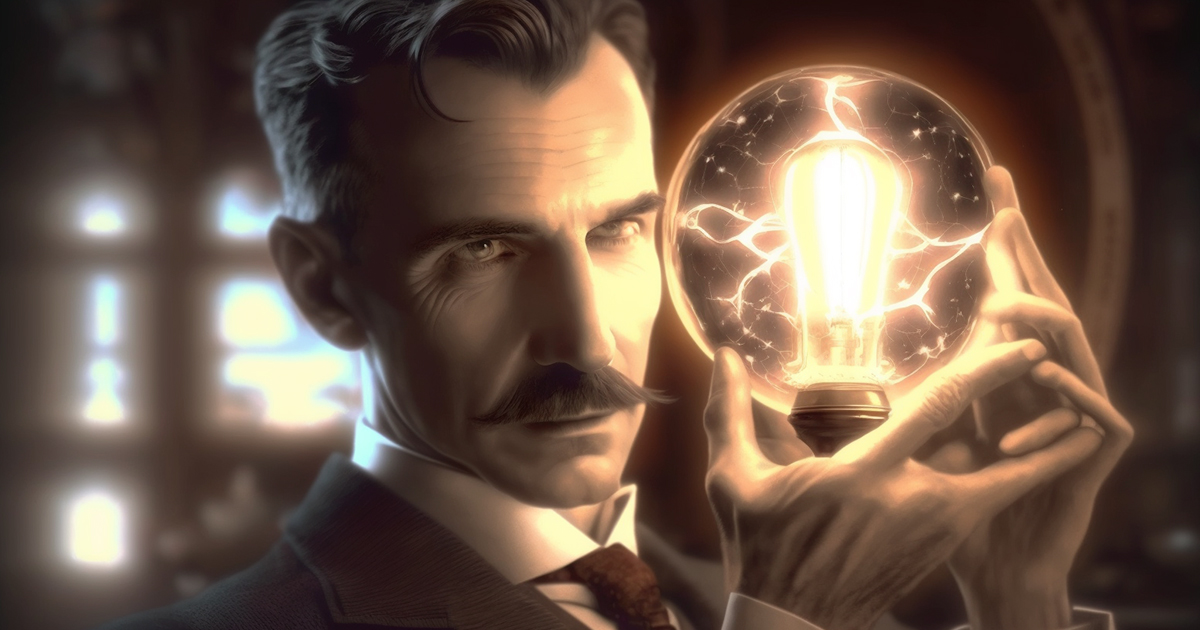
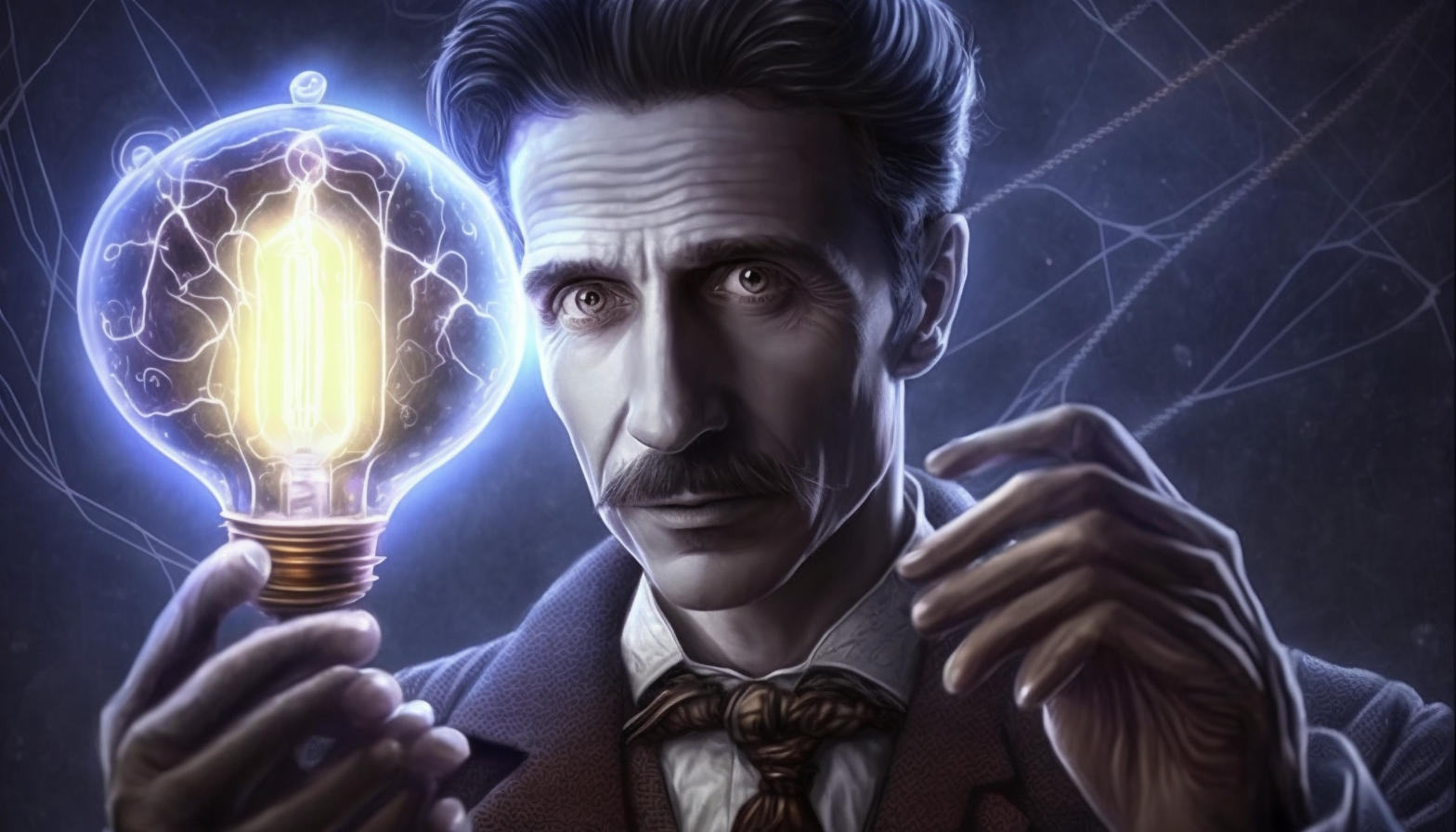
The Development of AC Light Bulbs
Lighting technology saw a breakthrough with Tesla’s AC lightbulb. Tesla’s AC light bulbs were superior to Edison’s DC light bulbs in that they could be used over much longer distances, making them ideal for lighting large areas like factories and streets. Edison’s DC light bulbs could only be used over short distances.
An alternating current was run through a filament in Tesla’s AC lightbulb, causing the filament to heat up and emit light. The failure of earlier attempts to use AC power for lighting was due to the current’s excessive strength, which would burn out the filament.
Compared to Edison’s DC bulbs, which required much more power to produce the same amount of light, the AC light bulb was also more energy-efficient. This increased the AC system’s cost-effectiveness significantly and ultimately assisted in its victory in the “War of Currents.”
The AC Light Bulb’s Legacy
In the worlds of lighting and electricity, Tesla’s AC lightbulb had a significant influence. It helped usher in a new era of electrical technology and paved the way for the widespread use of AC power.
The vast majority of electrical systems in use today use alternating current (AC), and AC light bulbs continue to be a mainstay of contemporary lighting. Tesla’s AC light bulb is a testament to his brilliance and his lasting influence on the field of technology, even though he may be best known for his work in AC power.
Conclusion
In conclusion, even though we frequently associate Nikola Tesla with his work on AC power, it’s important to remember that he also invented the AC lightbulb, which was a game-changing invention. This innovation paved the way for the widespread use of AC power and contemporary electrical technology in addition to aiding in the victory in the “War of Currents.” Tesla made significant contributions to science and technology, and we should be sure that his legacy continues to motivate new generations of creators.

